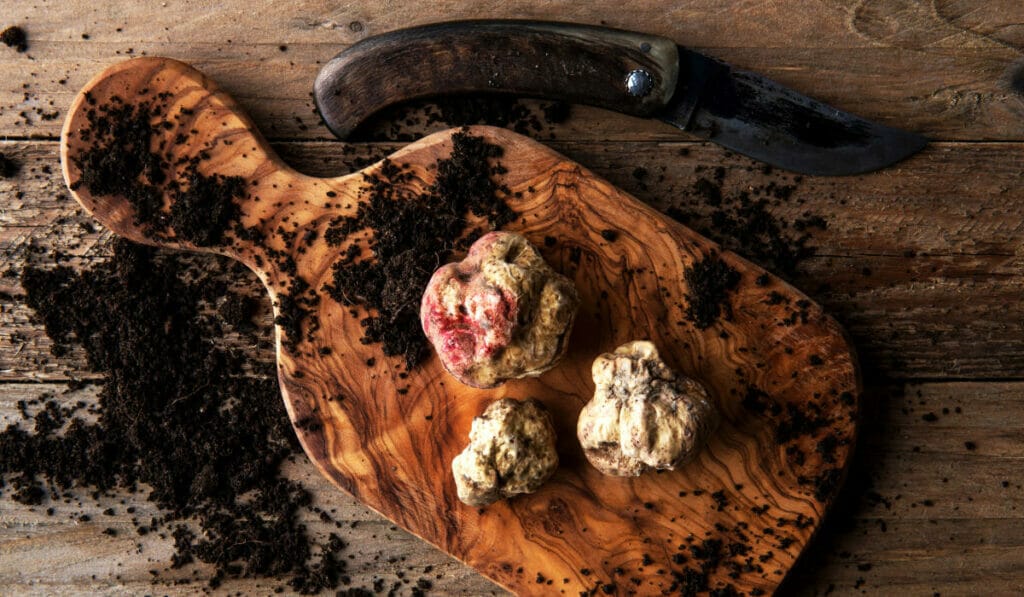
Almas Caviar
WHAT? Almas caviar, also sometimes known as golden or white caviar, is the roe of the albino beluga sturgeon. Named after the old Persian word for diamond, Almas caviar ranges from white to golden yellow to a light grey colour, depending on the age of sturgeon it is harvested from, in stark contrast from the dark black of beluga caviar. Almas is recommended to be served on its own, eaten off the skin between the thumb and forefinger, to properly experience the delicate flavours.
WHY? Almas is so valuable mainly because it is so hard to find. This rare strain of albino sturgeon is said to only occur once in every 6000 sturgeon, and the dwindling numbers of sturgeon in the recent years makes it an even rarer find today. To add on, Almas caviar is only harvested from elderly albino sturgeon that are between 60 to 100 years old, which is more than four times the normal incubation period of the second most valuable caviar, Beluga, which come from sturgeon that take 15 to 25 years to mature. The older the sturgeon, the lighter the colour of the caviar, and hence the more expensive it becomes.
WHERE? The albino sturgeons that Almas originates from are native to the southern region of the Caspian Sea, near the shores of Iran. This region of the Caspian Sea are said to be less polluted, providing a suitable habitat for these rare sturgeon to grow, while also producing a better quality caviar.
HOW MUCH? The Guinness Book of World Records lists Almas caviar as the world’s most expensive food, which, at record-setting time, sold for GBP20,000 per kilogram. Authentic Almas caviar is one of the rarest forms on the market today, so supplies of this edible gold is a rare find.
TEXT NEDA AL-ASEDI & SWAROOPINI NAIR



